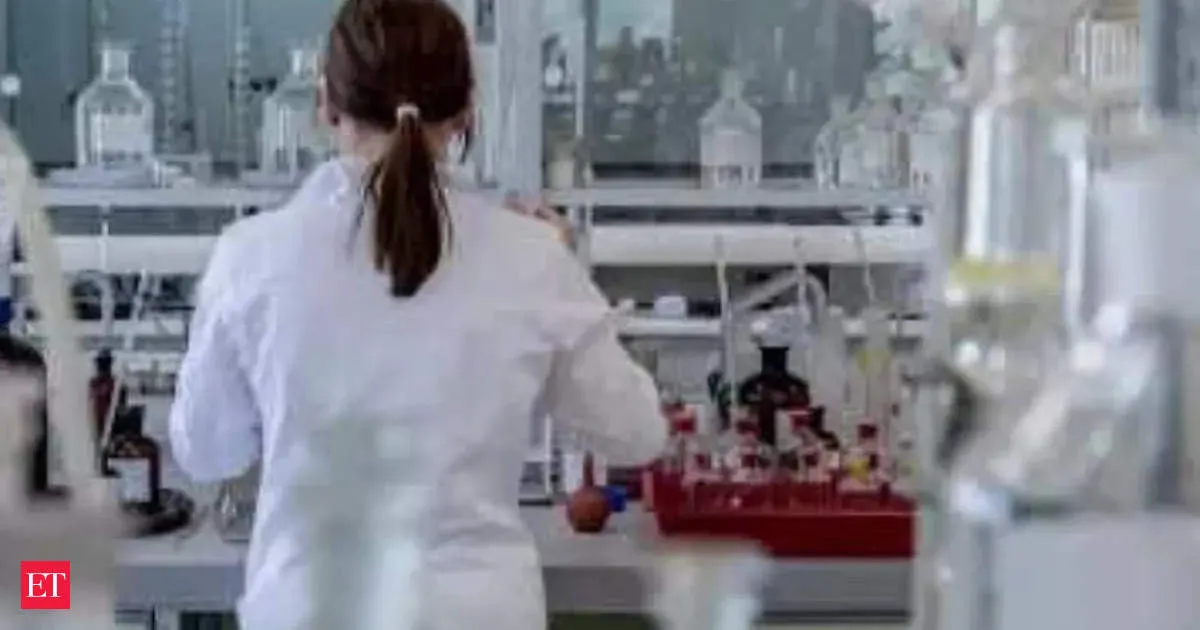EndoMac Progenitors: Discovering a New Cell Type for Chronic Conditions and Diabetes Treatment

Characteristics of EndoMac Progenitors
EndoMac progenitor cells were identified in the outer layer of the aortas of adult mice. These cells possess the unique ability to transform into two types of important cells: endothelial cells, which help form blood vessels, and macrophages, which are immune cells responsible for tissue repair and defense. Dr. Sanuri Liyanage from SAHMRI stated, The EndoMac progenitor cells possess the unique ability to transform into two specific cell types of cells: endothelial cells that form blood vessels and macrophages that are immune cells responsible for tissue repair and defence. She elaborated, These cells have an important job: to help grow blood vessels when the body calls for it. Furthermore, Dr. Liyanage mentioned, They are activated by injury or poor blood flow, at which point they rapidly expand to aid in healing.
Implications for Human Health
The implications of the discovery of EndoMac progenitor cells could be revolutionary for treatments in humans. Because these cells do not express typical self markers, they are less likely to be attacked by the immune system, making them ideal candidates for stem cell therapy. Ongoing research suggests that these cells could significantly improve healing in conditions like diabetes, where the body struggles to repair itself effectively. According to the researchers, the cells showed remarkable potential when transplanted into diabetic wounds, leading to rapid improvements in healing. Dr. Liyanage noted, When we transplanted these progenitors into diabetic wounds, we saw a dramatic improvement in healing within days.
Historical Context of the Discovery
This discovery is particularly noteworthy as it addresses a long-standing hypothesis. For almost a century, scientists have theorized that such cells existed, but until now, an adult version had never been found. The team, led by SAHMRI's Professor Peter Psaltis, has made significant strides in identifying these cells, which were hidden in the aorta of adult mice.
Future Research Directions
The researchers are now investigating the presence of similar cells in the human body, seeking to unlock their full potential for regenerative medicine. With more research, these cells could become pivotal in advancing treatments for patients whose bodies struggle to heal naturally. The findings have been published in the journal Nature Communications, emphasizing the need for ongoing exploration in this promising field of study.
This article was prepared using information from open sources in accordance with the principles of Ethical Policy. The editorial team is not responsible for absolute accuracy, as it relies on data from the sources referenced.